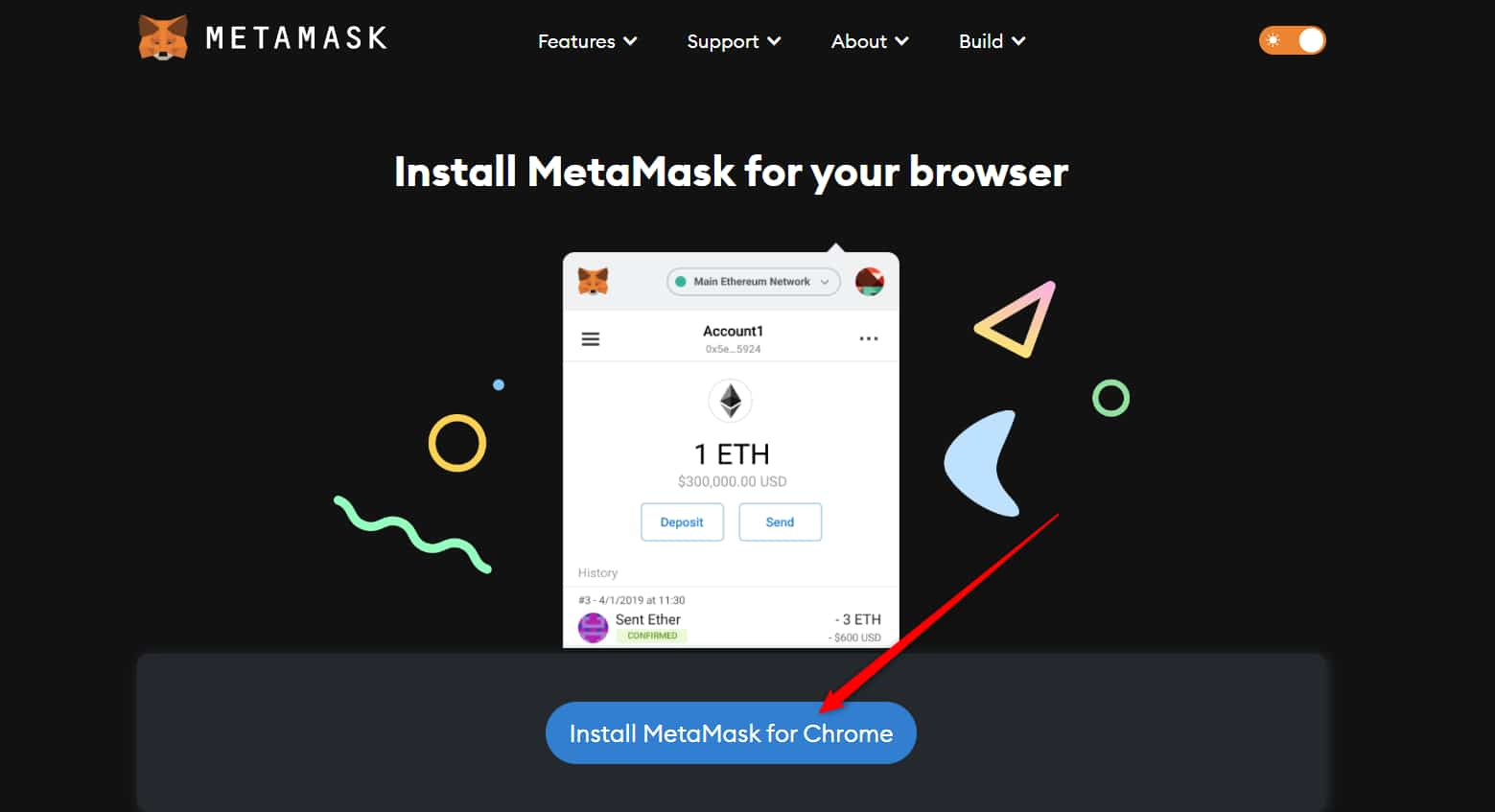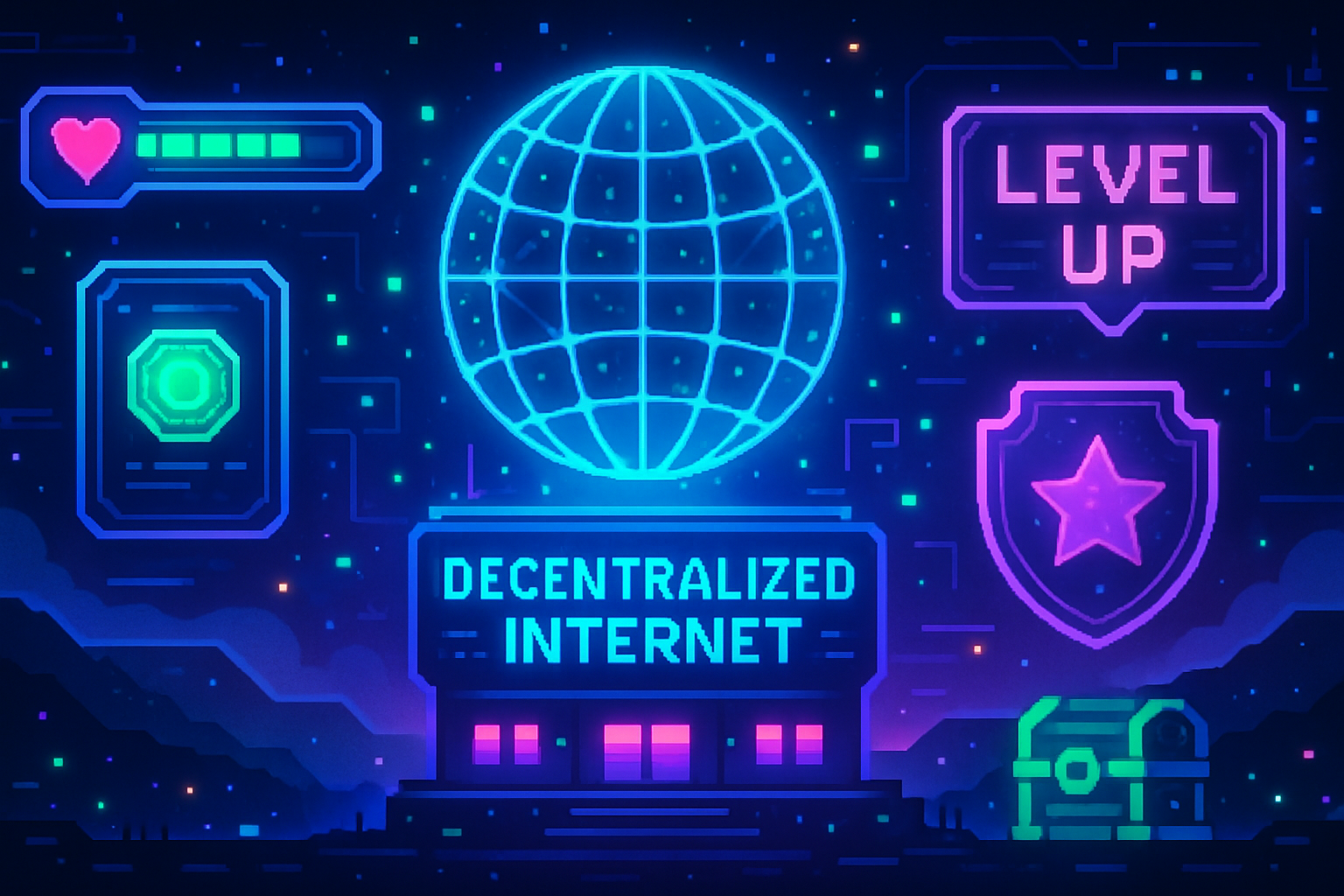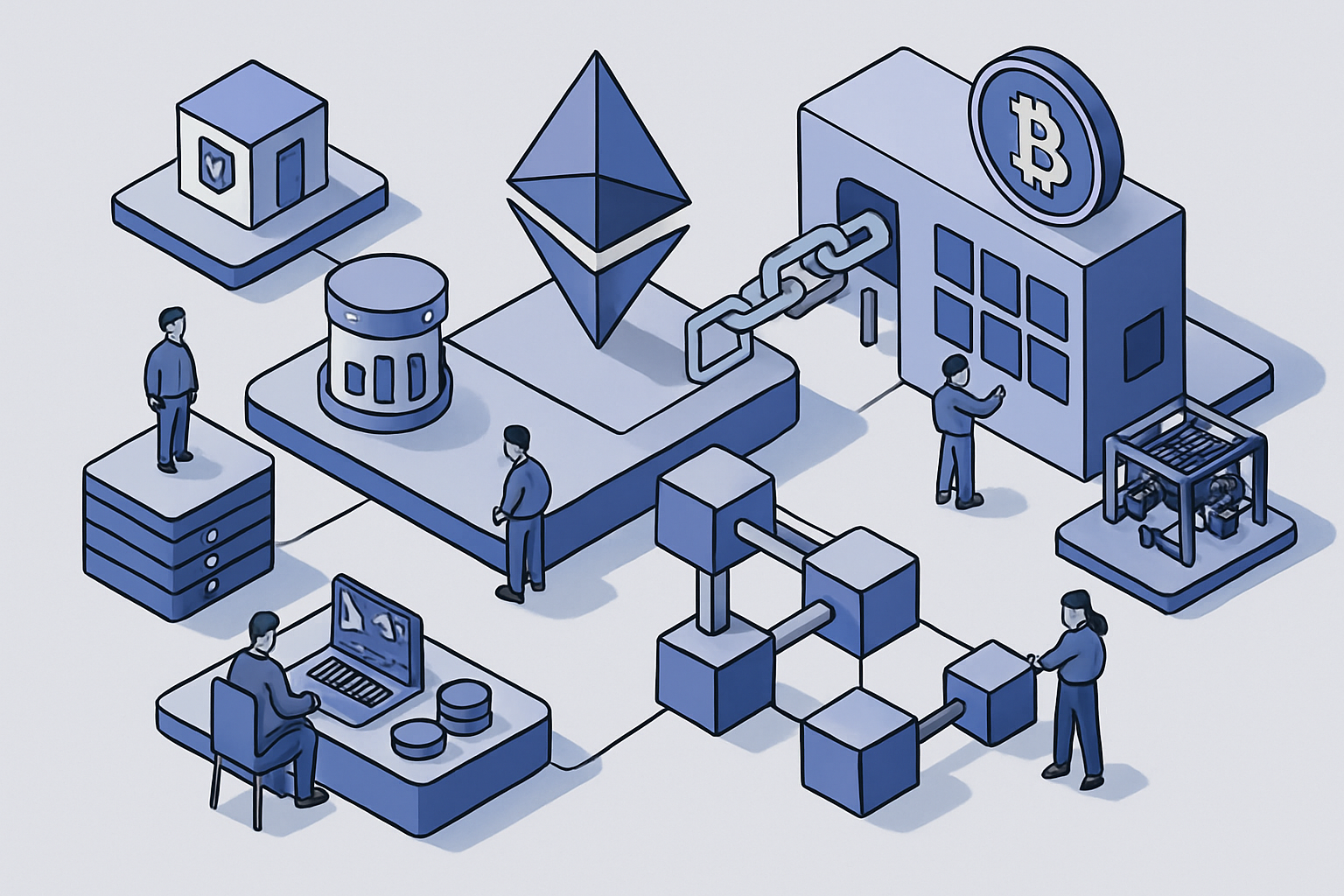
Picture your crypto wallet as a universal remote, one that controls not just your TV, but every device in your house, with no need to fumble for the right button or input. That’s the promise of chain abstraction in DeFi: a seamless, intuitive experience where users interact with multiple blockchains as if they were a single network. Today’s DeFi landscape is being transformed by this breakthrough, making cross-chain wallet UX smoother than ever before.

The Cross-Chain Headache: Why Chain Abstraction Matters
If you’ve ever juggled assets across Ethereum, Solana, and Avalanche, or tried to explain gas fees and network switching to a newcomer, you know the pain points. Traditional wallets force users to manage separate addresses and tokens for each chain, often requiring manual swaps or even new wallets altogether.
This fragmentation isn’t just inconvenient; it’s a barrier to DeFi adoption. The friction of switching networks and keeping track of multiple wallets makes even seasoned crypto enthusiasts long for the simplicity of centralized exchanges. Enter chain abstraction: an approach that hides these complexities behind a unified interface so users can focus on what matters, executing trades, managing assets, and exploring dApps.
How Chain Abstraction Works Under the Hood
At its core, chain abstraction is about creating an invisible layer between users and blockchains. Platforms like zkCross Network and Self Chain are leading the charge by enabling users to connect their favorite wallets (think MetaMask or Ledger) once and instantly access cross-chain capabilities. No more setting up new accounts or memorizing different seed phrases.
This magic happens through smart cross-chain layers that manage keys and addresses across networks. When you initiate a transaction, algorithms automatically route it through the most efficient path, whether that means using bridges, swapping tokens behind the scenes, or optimizing for low gas fees. For example, you can swap an asset from Polygon to Arbitrum without ever touching either network directly; everything is handled under the hood.
Even better? You don’t need to worry about holding native gas tokens for every chain involved. Modern solutions bundle gas fee management into their interfaces using AI-driven algorithms that select optimal routes and payment options on your behalf.
The Unified Wallet Experience: What Users Actually See
The result is nothing short of transformative for DeFi user experience. Imagine opening your wallet app and seeing all your assets, regardless of which blockchain they’re on, in one place. Want to swap USDC from Ethereum to Solana? It’s as easy as clicking “Swap, ” with no pop-ups asking you to switch networks or approve extra transactions.
This unified experience extends beyond simple transfers. With integrated liquidity access and built-in AI services, users can compare trade routes across chains without leaving their wallet interface. Behind the scenes, complex logic ensures you get the best rates, with none of the manual hassle that used to define cross-chain DeFi.
If you’re curious about how these innovations make daily crypto management effortless, and why they’re key for mainstream adoption, check out our deep dive on how chain abstraction simplifies multi-chain wallet UX for DeFi users.
For developers, the shift to chain abstraction is equally profound. Instead of building separate integrations for each blockchain, teams can leverage unified SDKs and APIs that handle cross-chain calls, asset management, and even gas abstraction automatically. This not only accelerates development cycles but also unlocks new composability for DeFi protocols, think lending platforms that natively support collateral from any chain, or yield aggregators that optimize across multiple networks without user intervention.
The impact on onboarding cannot be overstated. New users no longer face a daunting wall of technical jargon or the risk of sending assets to the wrong chain. Instead, onboarding flows are streamlined: connect your wallet once, access every supported blockchain instantly. This is a dramatic leap towards the kind of frictionless experience that made Web2 platforms so ubiquitous.
What’s Next for Chain Abstraction? Unlocking the Future of DeFi UX
Looking ahead, cross-chain interoperability and unified crypto wallet design will only become more vital as new blockchains and rollups emerge. The challenge isn’t just connecting chains, it’s making those connections invisible to users. As AI-driven routing and liquidity management mature, expect wallets to offer increasingly personalized experiences: suggesting optimal trade routes, minimizing fees in real time, and even automating routine portfolio management tasks.
Top Benefits of Chain Abstraction Wallets in DeFi
-
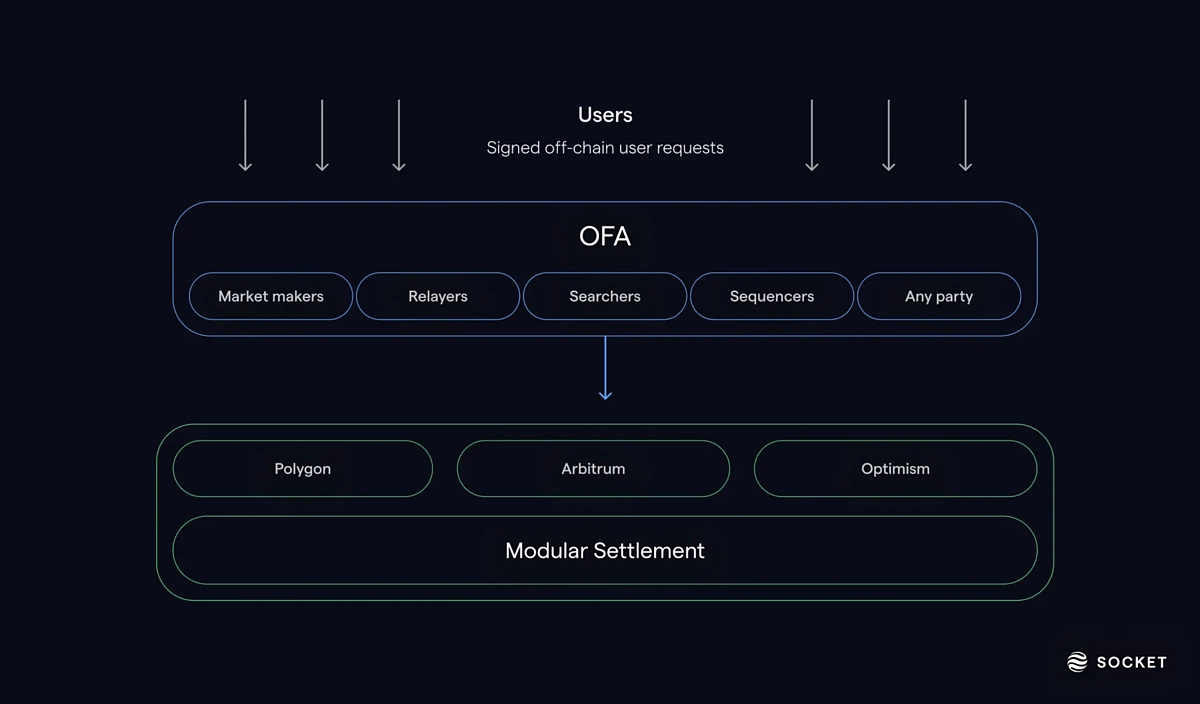
Unified Wallet Experience: Chain abstraction wallets like zkCross Network and Self Chain let users manage assets across multiple blockchains through a single, intuitive interface—no more juggling multiple wallets or switching networks.
-
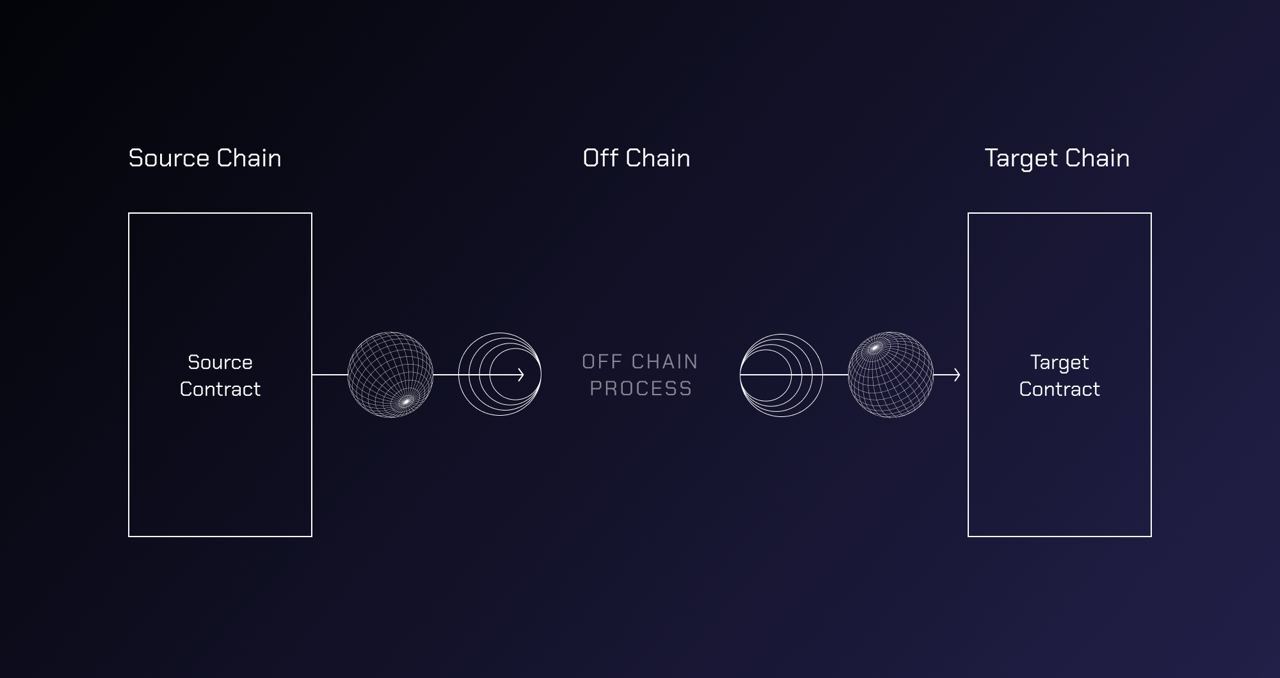
Seamless Cross-Chain Transactions: Instantly swap, transfer, or interact with DeFi protocols on different chains without manual bridging. Intelligent routing ensures transactions are processed efficiently, saving time and reducing errors.
-
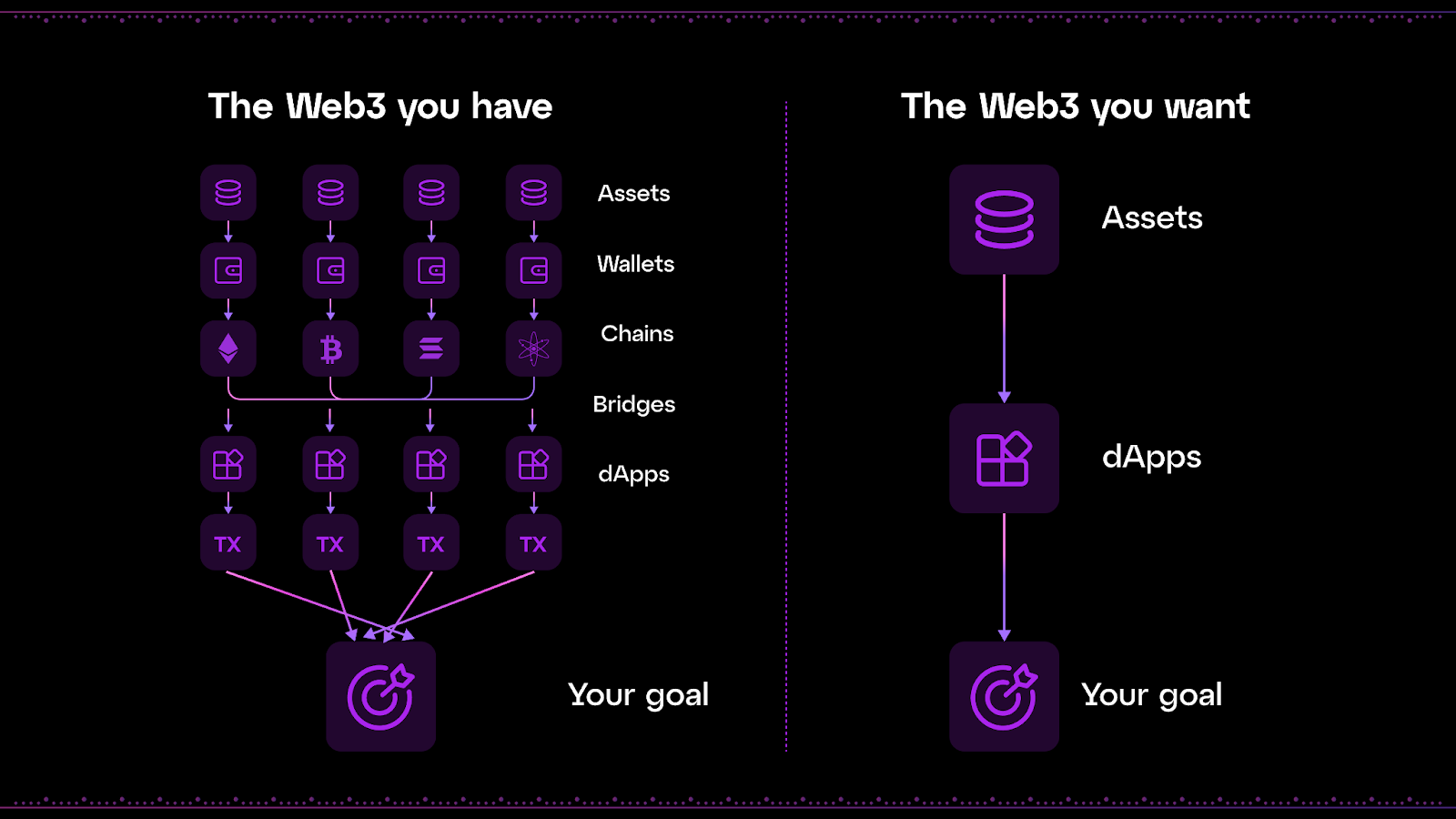
Automatic Gas Fee Management: Platforms like zkCross Network handle gas fees behind the scenes, allowing users to transact without worrying about holding native tokens for each blockchain.
-

Access to Unified Liquidity: Chain abstraction aggregates liquidity from various chains, enabling users to find the best trade routes and prices across the DeFi ecosystem—all from one place.
-
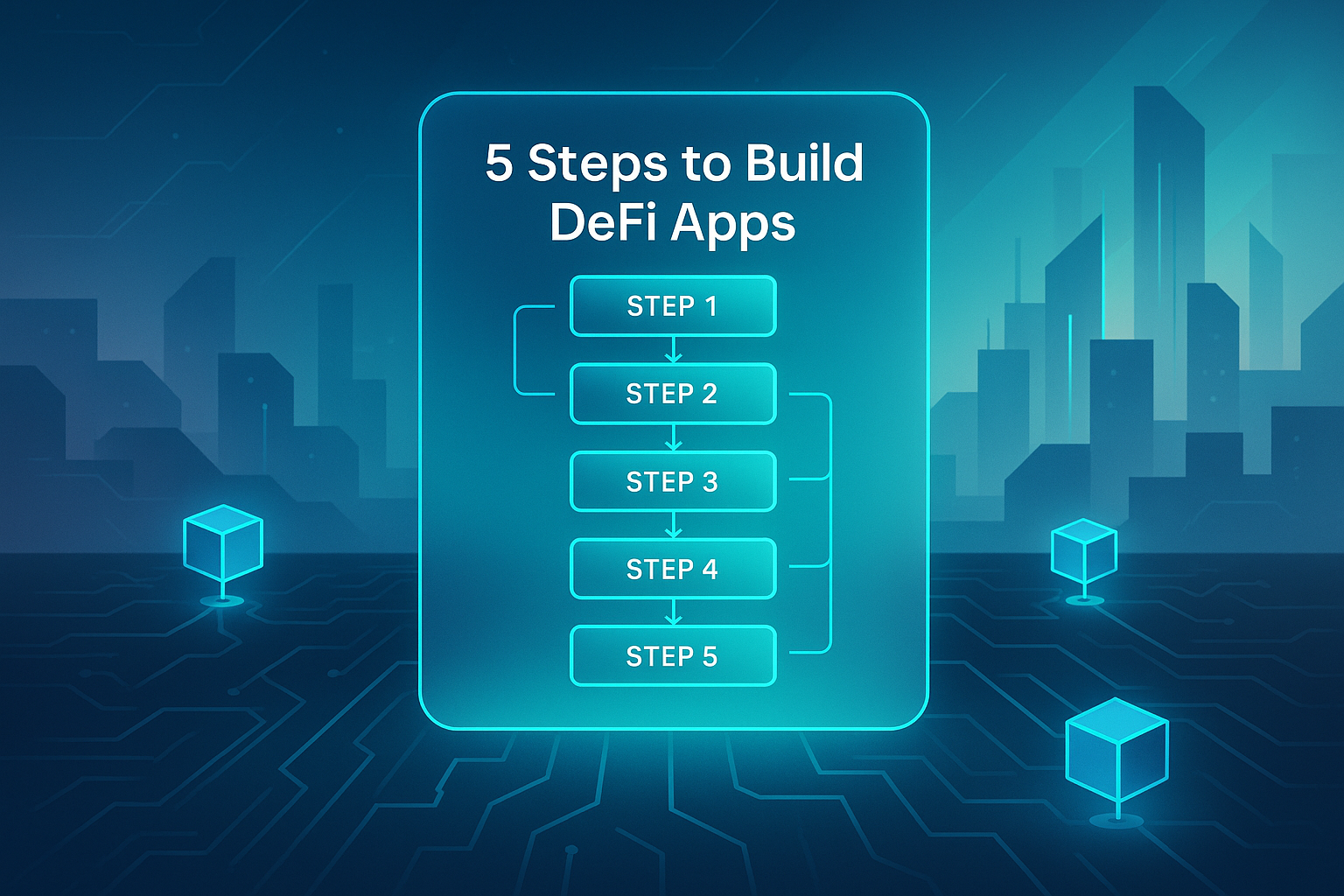
Developer-Friendly Environment: Chain abstraction platforms provide unified APIs and AI-powered tools, making it easier and faster for developers to build powerful cross-chain DeFi apps.
Security is another area where chain abstraction shines. By consolidating key management and transaction approval into a single trusted interface, users are less likely to fall victim to phishing attacks or make costly mistakes switching between networks. With robust auditing standards and open-source tooling becoming the norm, confidence in cross-chain DeFi will continue to grow.
The ultimate vision? A world where users interact with decentralized finance as easily as they use their favorite fintech app, no network pop-ups, no gas headaches, just pure financial empowerment at their fingertips. As chain abstraction solves multi-chain UX friction, we’re witnessing the dawn of a truly seamless crypto ecosystem.
If you want to explore how this technology is already transforming wallets today, and what it means for your DeFi journey, don’t miss our guide on how chain abstraction enhances cross-chain DeFi user experience.



